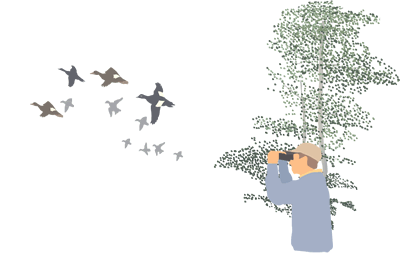
Yesterday’s Science
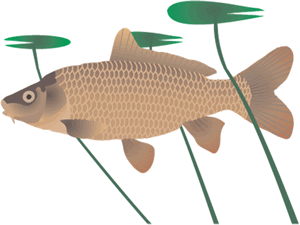 1959 Fish Control Laboratory
1959 Fish Control Laboratory
 The Upper Midwest Environmental Sciences Center (UMESC) was founded as a U.S. Fish and Wildlife Service (FWS) research facility, originally located in La Crosse’s Riverside Park. The UMESC’s original name was the Fish Control Laboratory. The laboratory’s original mission focused on the control of common carp, and later expanded to include sea lamprey in the Great Lakes.
The Upper Midwest Environmental Sciences Center (UMESC) was founded as a U.S. Fish and Wildlife Service (FWS) research facility, originally located in La Crosse’s Riverside Park. The UMESC’s original name was the Fish Control Laboratory. The laboratory’s original mission focused on the control of common carp, and later expanded to include sea lamprey in the Great Lakes.
1970 Aquatic Contaminants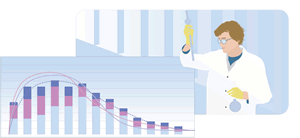
During the 1970’s, science focused on the study of river sediments, nutrients, and toxic contaminants (organic and inorganic) in the Upper Mississippi River (UMR). Studies involving mayflies, invertebrates, and freshwater mussels were directed toward the ecological problems and consequences of human activities.
1977 Migratory Waterfowl
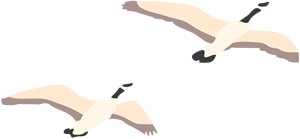 Recognizing the important role the UMR plays in providing resting and feeding habitats for migratory birds, research efforts focused on diving ducks, waterfowl foods, and habitat restoration.
Recognizing the important role the UMR plays in providing resting and feeding habitats for migratory birds, research efforts focused on diving ducks, waterfowl foods, and habitat restoration.
1978 French Island Facility
The UMESC relocated to the current facility on La Crosse’s French Island. The new facility contained more laboratory space, over 50 fish ponds, and environmental chambers that can simulate a variety of environments.

1981 Aquatic Ecology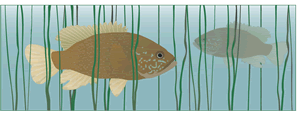
The UMESC expanded its research activities to include the ecological relationships of water, fish, plants, sediment, and mussels in the UMR.
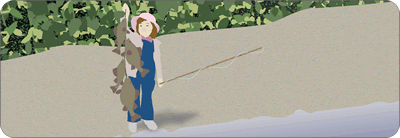 1986 LTRMP
1986 LTRMP
The Long Term Resource Monitoring Program (LTRMP) was created to provide policy makers and natural resource managers with a better understanding of natural resource status and trends of the UMR.
The LTRMP conducts traditional surveys and sampling projects, as well incorporating emerging technology and resources. The LTRMP began mapping UMR resources (land cover, water depth, aquatic habitats). The program also utilized technological advances to make data collection more efficient and provide greater access to LTRMP data and products.
 1991 Wildlife Contaminants
1991 Wildlife Contaminants
The UMESC began researching contaminants in aquatic and terrestrial environments, and their impact upon wildlife. The research uses birds (tree swallows, herons, and waterfowl) as indicator species of where pollutants accumulate in the food chain.
Page Last Modified: April 17, 2018


